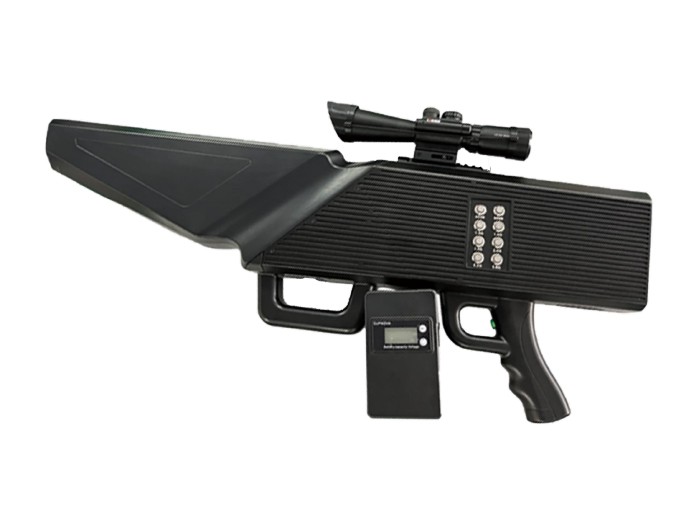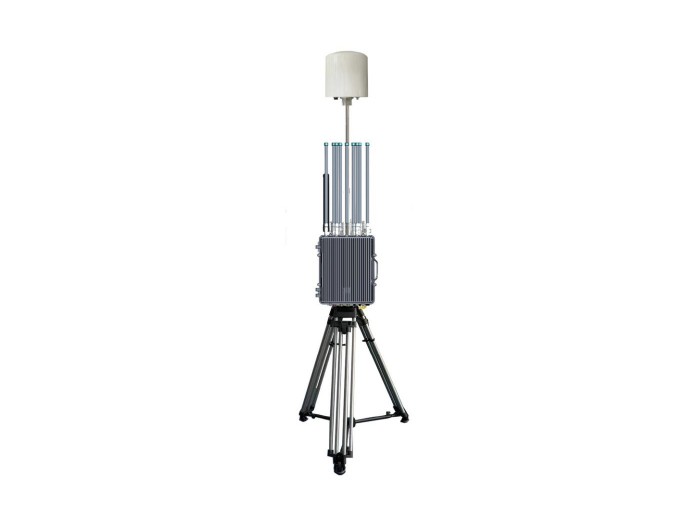Understanding Device Drones in Military Planes: Key Insights and Trends
In today’s rapidly evolving defense landscape, the integration of device drones with military planes is reshaping operational strategies. Military forces worldwide are seeking advanced solutions to enhance surveillance, reduce pilot risk, and increase mission efficiency. However, users and defense enthusiasts often face challenges understanding how these sophisticated military drones work, their benefits, and where they fit within modern aerial combat and reconnaissance frameworks. Whether you are a defense professional, technology enthusiast, or potential customer researching the best drone solutions for military purposes, understanding the interplay between drones and military planes is crucial.
This article dives deep into the definition, benefits, applications, and future trends of device drones within military planes, helping you make informed decisions and stay updated on cutting-edge defense technology.
1. What Are Device Drones in Military Planes?
Device drones in military planes refer to unmanned aerial vehicles (UAVs) or systems integrated with or deployed by manned military aircraft. These drones can perform a variety of tasks such as reconnaissance, electronic warfare, target acquisition, and even direct combat support. Unlike traditional drones, device drones in this context often function as extensions or complements to the capabilities of conventional military planes.
The military drone industry has witnessed remarkable growth; according to a 2023 report, global military drone spending exceeded $12 billion, highlighting the increasing reliance on unmanned systems in defense. These drones are equipped with sophisticated sensors, AI algorithms, and communication devices, allowing them to operate autonomously or under remote control.
In practical scenarios, a fighter jet might deploy a swarm of smaller device drones to gather intelligence across a wide area while staying outside hostile radar zones. This increases mission safety for the pilot and provides real-time battlefield data with minimal human risk.
2. Benefits of Using Device Drones with Military Planes
Integrating device drones with military planes provides multiple advantages across various operational levels:
- Enhanced Surveillance and Reconnaissance: Drones can fly at lower altitudes or in high-risk zones, providing detailed imagery and electronic intelligence without exposing pilots or expensive aircraft to danger.
- Force Multiplication: A single military plane can deploy multiple drones, expanding its operational reach and versatility. This force multiplication allows smaller fleets to effectively control larger areas.
- Cost Efficiency: Deploying drones for certain missions reduces wear and tear on expensive planes and lowers personnel risk, translating into substantial long-term savings in defense budgets.
- Improved Combat Effectiveness: Armed device drones can execute precision strikes, delivering payloads with minimal collateral damage and enabling complex mission profiles such as suppression of enemy air defenses (SEAD).
For instance, during recent military exercises, drones launched from planes successfully identified enemy radar sites and neutralized threats, validating their combat effectiveness. This underscores their strategic value.
3. Common Applications of Device Drones in Military Aviation
The use of device drones in military aviation spans various key applications:
Surveillance and Intelligence Gathering
Device drones equipped with high-resolution cameras and sensors provide continuous battlefield monitoring. They help armed forces track enemy movements, assess terrain, and plan engagements more effectively.
Electronic Warfare
Many device drones serve as platforms for electronic jamming and cyber-attack missions. They can disrupt enemy communications and radar systems without risking human pilots.
Combat and Strike Missions
Armed UAVs deployed from military planes can deliver precision-guided munitions. This is instrumental in missions requiring rapid response and high accuracy, such as counter-terrorism or urban warfare.
Training and Simulation

Device drones can also simulate enemy aircraft or missiles during training exercises, enhancing pilot preparedness without incurring the cost of manned adversary sorties.
As drone technology continues to evolve, their integration expands from specialized roles to serving as integral components of combined arms strategies in modern militaries worldwide.
4. Emerging Trends in Device Drone and Military Plane Technology
The military drone landscape is evolving quickly. Key trends include:
- Swarm Technology: Advances in AI allow multiple device drones to operate collaboratively, creating a "swarm" that overwhelms defense systems or performs complex coordinated tasks. For example, DARPA’s OFFensive Swarm-Enabled Tactics (OFFSET) program is pioneering these capabilities.
- Extended Autonomy: Machine learning enables drones to make independent mission decisions, improving reaction times and reducing reliance on operator control, particularly in contested environments with limited communications.
- Seamless Integration with Manned Aircraft: Modern military planes are designed with drone operations in mind, including launching, recovering, and communicating with UAVs mid-flight, enhancing mission flexibility.
- Improved Stealth and Durability: New materials and propulsion methods are making device drones less detectable and more resilient to electronic warfare and physical threats.
Industry forecasts predict that by 2030, device drones will account for more than 50% of new aerial military assets procured by top defense powers, underscoring their growing criticality.
Key Takeaways and Recommendations
- Understand Your Mission Needs: Carefully assess whether device drones can enhance your operational goals, particularly for surveillance or high-risk combat missions.
- Invest in Integrated Drone Technology: Choose military planes and drone solutions designed to work together seamlessly for maximum effectiveness.
- Stay Updated on Emerging Trends: Keep an eye on advancements like drone swarms and autonomy to future-proof defense capabilities.
- Prioritize Training: Equip your operators with comprehensive training on drone deployment and control to leverage their full potential.
- Consult Experts: Want to learn more about the latest device drone solutions tailored for military planes? Contact us for professional consultation and detailed information.
Conclusion
The integration of device drones with military planes is revolutionizing modern warfare, providing unmatched operational flexibility, safety, and effectiveness. As military forces worldwide embrace these cutting-edge unmanned aerial systems, understanding their functions, advantages, and future trends becomes crucial for defense stakeholders, enthusiasts, and buyers alike.
Whether you are looking to enhance your military aerospace portfolio or simply want to stay informed about this dynamic technology, we invite you to visit our website now. Explore comprehensive resources, expert insights, and innovative drone solutions designed to elevate your military aviation capabilities.
Have a similar question or need tailored advice? Contact us today for your free consultation!
















